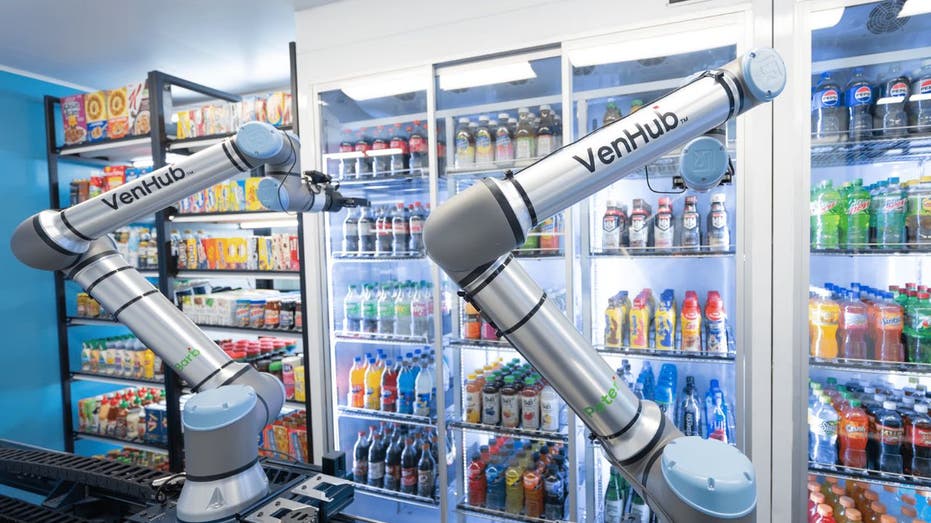📰 Paralyzed man speaks and sings with AI brain-computer interface

A team at the University of California, Davis, has developed a new brain-computer interface (BCI) system to help people who have lost the ability to speak due to conditions like ALS. This system translates brain signals controlling speech muscles into audible speech in real-time, allowing users to communicate naturally through a computer. The technology includes microelectrode arrays implanted in the brain’s speech-producing area, decoding neural activity and converting it into speech within ten milliseconds. The system can replicate the user’s voice, recognize singing attempts, and convey vocal nuances like questions or interjections. In a study, listeners understood nearly 60% of synthesized words with the BCI, compared to 4% without it, showcasing its potential to restore expressive communication for individuals with paralysis.
📰 9 online privacy risks you probably don’t know about

The article highlights the hidden privacy risks associated with the collection, tracking, and selling of personal data without individuals’ knowledge or consent. Data brokers gather sensitive information about various aspects of daily life, creating detailed personal profiles that are sold to different entities, including advertisers and cybercriminals. The concern lies in the fact that much of this data collection happens quietly in the background, often revealing more about individuals than they realize. Health data, such as sleep patterns and medical visits, is being sold without consent, posing risks of identity theft and fraud. Additionally, personal information related to relationships, online activities, and even location visits is being monitored and sold, leading to targeted ads, potential exploitation, and privacy breaches. It is crucial for individuals to be aware of the extent of data collection and take proactive steps to protect their privacy, such as using trusted data removal services and being mindful of their online activities.
📰 Robot-run store VenHub is changing the future of shopping

VenHub is a fully autonomous, AI-powered smart store located at the LAX/Metro Transit Center in Los Angeles, where robotic arms handle product selection and delivery without human employees. The store is designed for high-traffic environments like transit centers and airports, offering a seamless and contactless shopping experience through a mobile app. The robotic arms, named Barb and Peter, are optimized for speed and precision, driven by artificial intelligence algorithms that manage inventory and predict demand. VenHub’s model aims to reshape retail by offering convenience, maximizing revenue, reducing overhead costs, and focusing on security and environmental sustainability. While automation may replace some retail roles, it also creates new opportunities in tech-focused positions, with a VenHub Smart Store costing between $250,000 to $275,000 and offering financing options for potential owners.
📰 How I was tricked and locked out of Facebook after being hacked

The article discusses a real-life example of a Facebook scam where a person was impersonated by a hacker who asked for help in recovering their account. The victim ended up locked out of their own account after falling for the scam. The victim tried to recover the account but faced challenges with Facebook’s recovery process. The article provides steps on how to address such situations and protect oneself from cyber threats, including reporting incidents to authorities like the Internet Crime Complaint Center (IC3) and seeking help from local cybersecurity experts. It also emphasizes the importance of changing passwords, enabling two-factor authentication, and being cautious of fake support numbers and remote access scams to prevent future attacks.
📰 How 432 robots are relocating a 7,500-ton historic building

In Shanghai, a historic building in the Huayang area is being moved by 432 small robots at a rate of 33 feet per day to make space for a new underground development project. The Huayanli complex consists of three brick-and-wood buildings built in the 1920s and 1930s, showcasing classic shikumen architecture in Shanghai’s Zhangyuan area. The relocation is not just for show, as the city plans to build a three-story underground center beneath the complex, incorporating cultural and commercial spaces, a parking garage, and a transportation hub. The innovative use of small walking robots, advanced technologies, and precise planning is essential for moving the massive building through narrow alleys and preserving historic structures. Once the underground construction is complete, the Huayanli complex will be restored and returned to its original location, blending historic charm with modern amenities in a vibrant urban space.
0개의 댓글